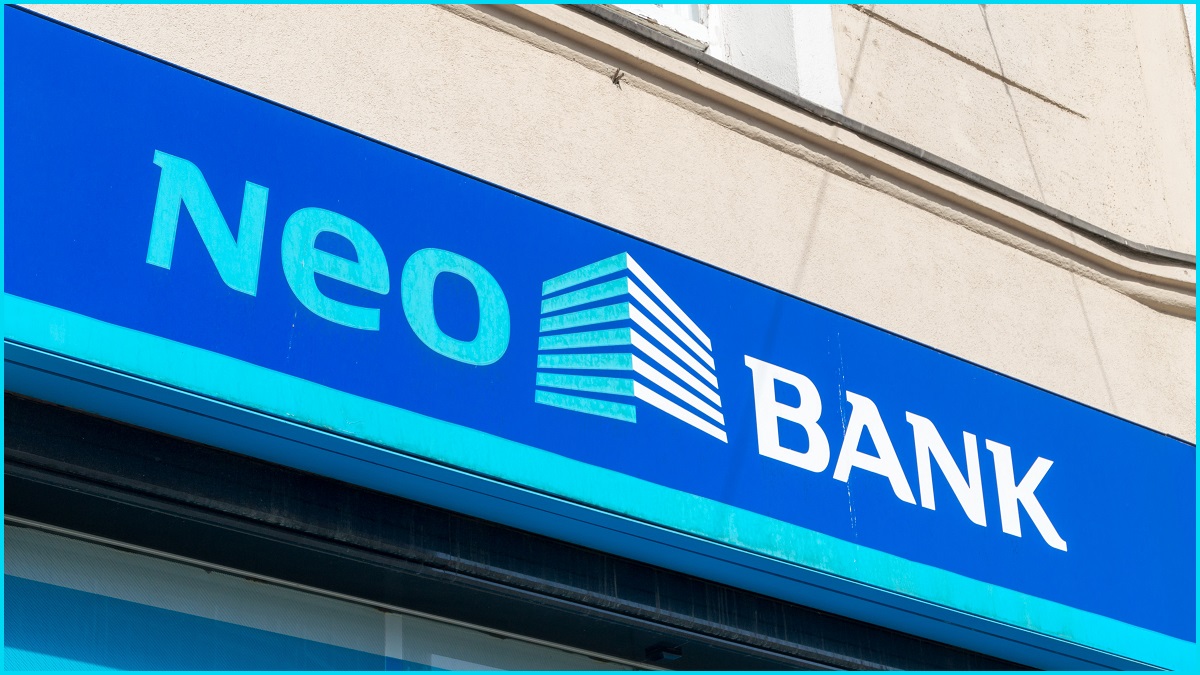They may have signed on to the neobank experiment to get away from the Big Four banks, but tens of thousands of customers of neobank 86 400 will join the NAB as its UBank subsidiary snaps up the one-time disruptor after less than two years in operation.
Described by NAB chief operating officer Les Matheson as “consistent with NAB’s long-term strategy and growth plans”, the acquisition will see UBank – NAB’s online-banking subsidiary, with over 600,000 customers – hoover up 86 400’s more than 85,000 customers, $375m in deposits, $270m in residential mortgages, and 2500 accredited broker relationships.
Merging the Cuscal Group-owned neobank with 12-year-old UBank “will deliver accelerated innovation and an enhanced customer experience,” Matheson said, “to create a stronger and more competitive banking alternative for Australian customers.”
Robert Bell, CEO of 86 400, noted that the company had “challenged the status quo of banking through innovative products, services and technology”.
The acquisition – which will see NAB $220m to buy the 81.7 per cent of 86 400 that it doesn’t already own, valuing the upstart at $269.3m – marks a rapid exit by the neobank from an industry where it and its rivals were once determined to make big waves.
The company received its formal authorised deposit-taking institution (ADI) license in July 2019 – making it the third neobank to receive an ADI, after volt bank (January 2019) and Judo Bank (April 2019).
Yet 86 400 still outlasted rival Xinja Bank, which received its ADI in September 2019 and wound up its operations in December 2020 – just 15 months later – after the COVID-19 pandemic hobbled it in what the company called “an incredibly difficult capital-raising environment, and following a review of the market in Australia”.
As 86 400 exits the market by takeover rather than attrition, Bell was more circumspect – heralding the deal as a chance for the neobank’s customers to “benefit from NAB’s capital and balance sheet strength and investment spend to support accelerated growth and continued innovation.”
Disruption in a time of pandemic
Just a year ago, a DataM Intelligence analysis predicted rapid growth for Australia’s neobanking challengers, with the market expected to surge by 40 per cent annually to be worth $906m ($US46.5m) by 2026.
The four neobanks “stand apart from traditional banks, and even some of Australia’s online banks, in a couple of ways,” the analysis noted, “but the chief distinction is that neobanks have digital front ends (their apps) and back ends, meaning that they’re not beholden to the same legacy systems as traditional banks.”
Yet lightweight infrastructure would only take the neobanks so far: that prediction came as major neobanks launched their push to attract customers with fresh attitudes and aggressive (and well-received) savings interest rates – only to be sandbagged just weeks later as the COVID-19 pandemic sent the global economy into chaos.
The rapid failure of two high-profile neobanking efforts to stand on their own two feet may be a matter of bad timing – or a rapid confirmation that the neobanking concept doesn’t have as much promise as analysts have long believed.
Xinja’s failure, IBISWorld senior industry analyst Yin Yeoh noted after that bank’s rapid shutdown, “has highlighted the enormous difficulty new entrants have when attempting to disrupt the Australian banking landscape, given the massive scale and entrenched competitive advantages of the big four banks.”
Yeoh noted Xinja’s “delay in launching revenue-generating loan products,” flagging its savings-account strategy as “unsustainable” and a heavy reliance on investor funds that “dried up amid the COVID-19 recession”.
The early push of 86 400 into the mortgage market – which also felt the impact of the banking implosion – may have helped it stand out from savings-focused competitors, feeding a long-term revenue pipeline that may have made it more appealing to NAB as an acquisition target.
Where neobanks could still win
Companies with momentum gained from other existing businesses, one analyst noted, may find it easier to implement disruptive banking plays than startups clawing their way into the market from the ground up.
Established players like European neobank Revolut, which launched a digital walled in Australia last year, are backed by the critical mass of millions of customers.
Yet even if neobanks struggle to remain viable, there may still be opportunities for their philosophies to impact the market.
Value-added strategies – such as Volt’s white-label banking as a service partnership with Microsoft, and a successful SME-focused business model that helped Judo weather the pandemic better than most – may help them diversify enough to stay viable, Yeoh wrote, predicting that neobanks may “become more viable” as banking moves online.
Volt’s partnership – launched in September and referred to as ‘Volt 2.0’ in a seeming nod to the pandemic’s obliterative impact – will see its Temenos T24 cloud-based banking infrastructure rebadged for business partners to provide “full-service banking and payments to their own clients”.
The company’s “unique platform technology sets us apart from every other neobank in Australia,” CEO and founder Steve Weston said as the partnership was announced, “and positions us for incredible growth well into the future.”
Yet neobanks’ creativity may also be seeding ideas – or other potential takeover targets – with major banks “likely [to] focus on replicating the strategies of successful neobanks”, Yeoh said.
Neobanks, she predicted, “may be the beginning of a larger disruptive force” as “powerful prospective entrants” push into the industry over the next five years.










